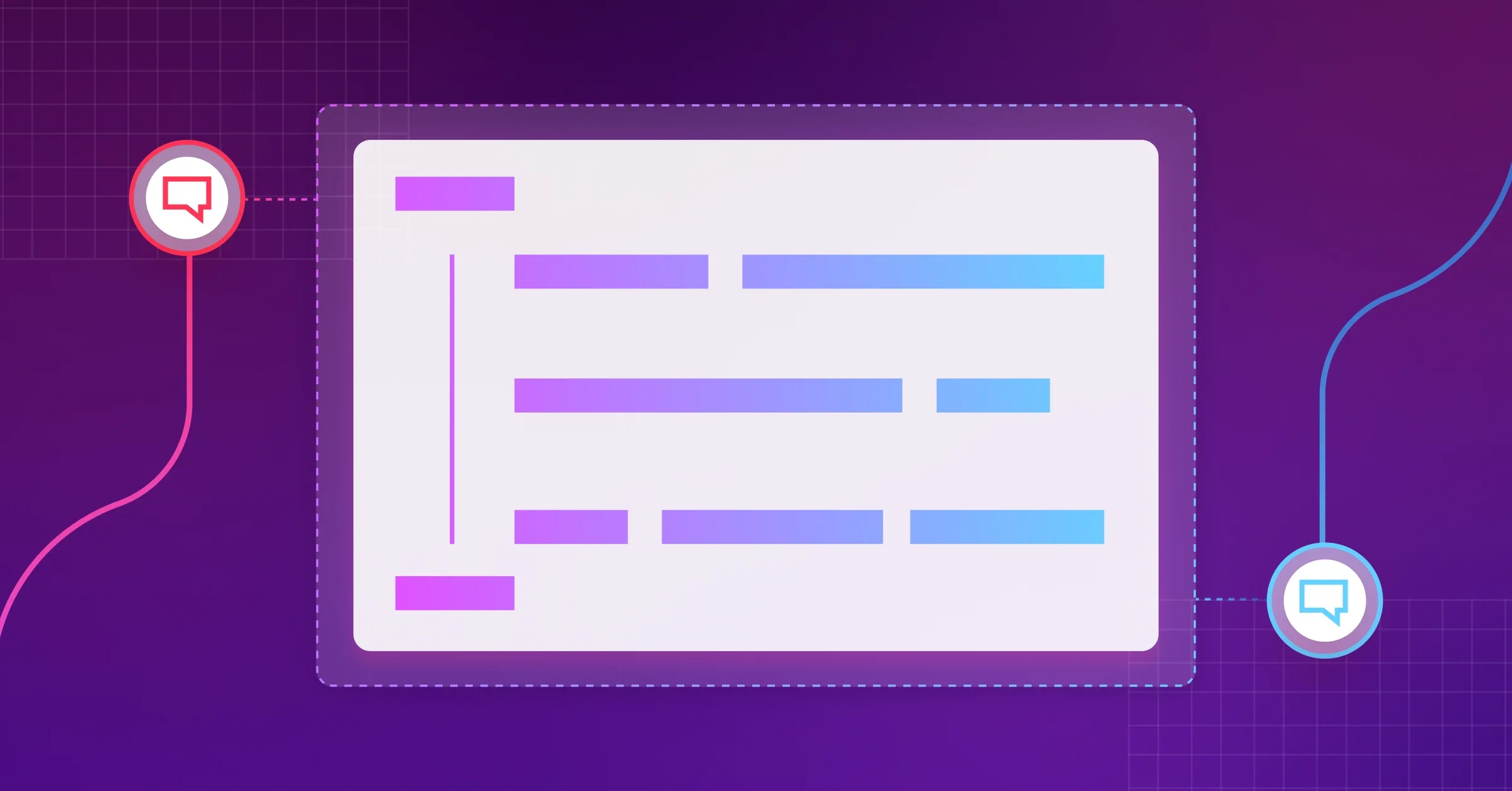It’s the night before one of the biggest releases in the history of your company. From the beginning, everything went wrong. Ambiguous project requirements and priorities, excess time spent on fixing issues rather than committing code, and a strained relationship with your outsourced team were just a few of the challenges. At this point, it’s a miracle that it’s finally time to release.
If you could go back to the beginning, what would you change? You can trace many of these challenges back to communication. According to Statista, 50% of outsourced projects fall short of client expectations, with 30% attributing the shortfall to poor communication with the outsourcing provider. Ineffective communication impacts everything from writing code to conducting meetings, overcoming delays, and establishing trust among teams, which hinders the ability to release altogether. To ensure your next project meets expectations, consider adding the following communication tactics to your plan. In this blog, we will delve into how transparent communication drives timely delivery in outsourced software development.
Start with a clear understanding of the project
Transparent communication starts with a thorough understanding of the project at hand. When outsourcing software development, both the client and the development team (internal and outsourced) must have a shared understanding of the project scope, objectives, requirements, processes, and tools needed to deliver the project successfully. Open and honest discussions during the initial phases of the collaboration help avoid misunderstandings and ensure the development team is well-equipped to produce the desired outcomes. This leads to the next tactic.
Establish a standard for code quality
For various reasons, sharing a standard for writing high-quality code is essential when working with outsourced development teams. A consistent code standard ensures readability and maintainability, allowing developers to comprehend and modify code more easily. This promotes collaboration and productivity, as internal and outsourced team members can work efficiently while adhering to a shared set of best practices. Adopting a code quality standard reduces the likelihood of bugs and defects, facilitating early detection and correction during development.
Code reviews become more focused and effective as developers have an apparent reference for evaluating and improving code. Consistency across the codebase is achieved, making the software more robust, scalable, and adaptable to future changes. Furthermore, a standardized codebase supports easier onboarding of new developers and enhances client satisfaction by delivering a reliable and maintainable product. Overall, communicating a standard for code quality is a foundational element that contributes to the longevity and success of software projects. Now, it’s time to take action.
Reinforce your standard for code quality
Simply communicating your code standards isn’t enough; it’s equally as important to reinforce these standards within the development workflow. Ensure that your internal and outsourced teams understand that a code standard enables early identification of issues in the development process and ultimately helps their productivity and efficiency. When challenges are identified promptly, they can be addressed promptly, preventing them from escalating and causing delays in the project.
Automatic code analysis on branches and Pull Requests helps developers proactively detect and resolve issues before merging code. You can take this one step further by establishing quality gates to ensure code that’s not up to quality standards does not pass to production to avoid adding to technical debt.
Issues are inevitable in any software development project, but setting and reinforcing a code standard can help proactively prevent them. Transparent communication ensures that issues are addressed promptly. Timely issue detection with clear code quality standards enables your team to assess the situation, provide the necessary support, and collectively devise strategies for resolution, preventing delays from snowballing.
Foster feedback-driven continuous improvement
Feedback-driven continuous improvement is a critical communication tactic for supporting smooth and efficient CI/CD procedures. This not only accelerates the development cycle but also enhances the overall longevity of the software, reduces the risk of post-deployment failures, and empowers teams to respond swiftly to changing requirements.
Establish a culture of constructive feedback where everyone can provide insights into the development process. When internal and outsourced teams can regularly assess completed work against predefined code quality standards and use the feedback to refine and improve tasks, it enhances the quality of deliverables and ensures that the project stays on course.
Leverage reporting to monitor development activities
Regular progress updates are a cornerstone of transparent communication in outsourced software development. Your management team and clients should stay informed about the development team's progress, any challenges faced, and any adjustments made to the initial plan. This level of transparency builds trust and allows for timely feedback, ensuring that both parties are on the same page throughout the development process.
Real-time progress updates are imperative to maintain an accurate pulse on the project's status. Implement regular reporting meetings and leverage a solution that offers transparency into the codebase's quality, security, and overall health at the project, application, and portfolio levels. Real-time updates enable prompt identification of potential delays, allowing for proactive problem-solving.
Focus on proactive risk management
Transparent communication plays a pivotal role in proactive risk management. Discuss potential risks and challenges at the project's onset, identify the standards that need to be met (like PCI, OWASP, CWE, etc., and collaboratively develop contingency plans. Regularly revisit the risk assessment and distribute it with outsourced teams, updating it as needed throughout the project's lifecycle. This foresight allows for a proactive approach to mitigating risks before they escalate and impact delivery timelines.
Overall, create a culture of open communication
In outsourced software development, the path to timely delivery is paved with transparent communication. By setting clear standards for code quality, providing real-time updates, maintaining open communication channels, resolving issues promptly, proactively managing risks, fostering feedback-driven continuous improvement, and aligning expectations, businesses can unlock the full potential of outsourcing partnerships. Transparent communication is not just a means of conveying information; it is the cornerstone of successful collaboration, ensuring that software development projects are completed on time and to the satisfaction of all stakeholders.
Start delivering software more successfully with your outsourced development team today with Sonar.

